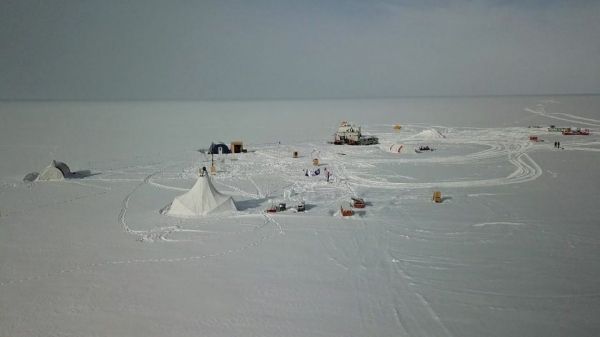While carbon dioxide and methane are well known, researchers at the University of Washington and the University of Rochester are part of a team working to trace a much rarer gas, present at less than one in a trillion molecules. Though rare, the atmospheric detergent known as hydroxyl can scrub the atmosphere and determine the fate of more plentiful gases that affect Earth’s climate.
An Antarctic field campaign last winter led by the U.S. and Australia has successfully extracted some of the largest samples of air dating from the 1870s until today. These samples are a first step to learning the changes in hydroxyl concentration over the past 150 years. Early results from the fieldwork were shared this week at the American Geophysical Union’s annual fall meeting in San Francisco.
Continue reading at University of Washington
Image via University of Washington


